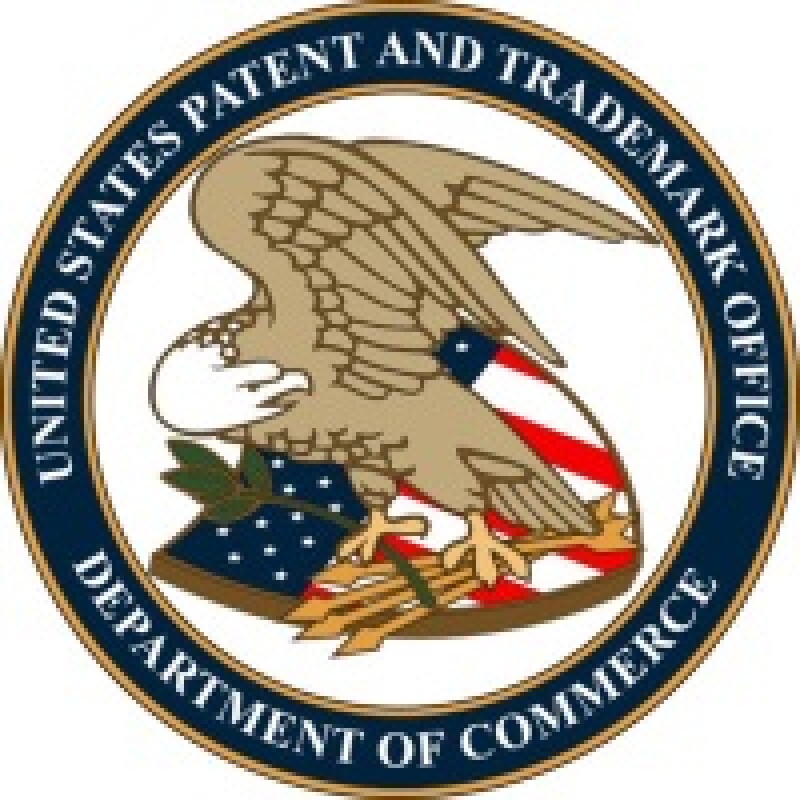
The USPTO revealed its 59-page interim guidance today. It will be published on the Federal Register here on December 16. In the meantime, a pre-publication PDF can be downloaded here.
In a blog post, USPTO Commissioner for Patents Peggy Focarino said: “This guidance is the latest – but not necessarily the last – iteration of our ongoing implementation of these Supreme Court decisions,” wrote Focarino.
Claim examples have been developed to illustrate the analysis set forth in the guidance. A set of examples relating to nature-based products are posted on the USPTO website and a set of examples relating to abstract ideas will be released soon.
Focarino went on to address two aspects of the new guidance.
“First, the guidance explains the USPTO's interpretation of subject matter eligibility requirements in view of the Alice Corp, Myriad, and Mayo Supreme Court decisions and sets forth an integrated approach for patent examiners in making determinations regarding subject matter eligibility. This guidance incorporates principles emphasized in Alice Corp and provides more details than our initial examination instructions issued immediately after the Alice Corp decision.

|
“The guidance reflects a significant change from the examination guidance previously issued in response to Myriad and Mayo” – USPTO Commissioner for Patents Peggy Focarino |
“Second, the guidance reflects a significant change from the examination guidance previously issued in response to Myriad and Mayo. The changes were triggered by the feedback we solicited and received from the public, as well as refinements necessitated by the Alice Corp decision.”
The USPTO’s previous guidance on the Supreme Court’s Alice, Myriad and Mayo decisions was received badly, with many thinking the Office was too strong in its reaction. As we reported in a recent article assessing how patent prosecution had been affected by the Alice decision, the initial Alice guidance released in June led to the USPTO withdrawing allowances for hundreds of applications.
For example, DLA Piper partner Dale Lazar told us: “They came out with initial guidelines concerning Alice and there was a fair amount of unanimity that those guidelines were no good. The Patent Office got that message.”
If anything, the reaction to the USPTO’s Myriad and Mayo guidance issued in March was even stronger. For example, Sherry Knowles described it as “horrifying”, and outlined concerns that it meant no natural product is patentable in the United States as a result, and maybe no derivative of natural products either.
In her blog post, Focarino said: “We carefully considered input from the public and our own patent examiners in addressing possible revisions both to our guidance stemming from Myriad and Mayo as well as Alice Corp. That led us to make changes to our analysis of subject matter eligibility under § 101, now set forth in the 2014 Interim Eligibility Guidance. We crafted this guidance to be a more straightforward eligibility analysis, one that promotes examination efficiency and consistency while conforming with the principles in the Supreme Court decisions.”
Once you have had a chance to digest the new guidance, let us know what you think, by either commenting on this blog post or joining the discussion on our LinkedIn group.








